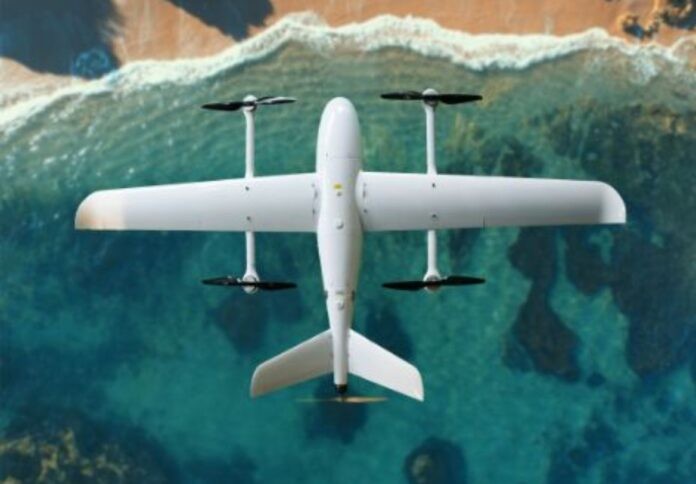 |
| Australia's first hydrogen-powered unmanned aerial vehicle (UAV). (Source: UST) |
The test flight in Victoria's Latrobe Valley over the weekend was the first vertical take-off and landing of a hydrogen-powered drone in Australia.
This test flight was conducted with the AIR Hub's innovative SHADE drone.
The flight marked a major milestone for Australian technology in air mobility as it was the first electric vertical take-off and landing (eVTOL) flight, and the first using a hydrogen-fuelled drone.
The successful flight was the result of the AIR Hub's collaboration with partners, researchers and businesses in Australia's aviation and hydrogen industries.
The SHADE drone was developed through the AIR Hub's Hydrogen to the Skies project, funded under the Australian Government 's Emerging Aviation Technology Partnership program.
The aim of the project is to design and integrate a hydrogen-powered system into a large unmanned aircraft, initiating the commercial development of aircraft using clean, zero-emission technology.
The successful flight represents a quantum leap forward in clean aviation, allowing for extended operating ranges compared to traditional battery-powered UAVs, while reducing environmental impact through the use of hydrogen fuel.
“This achievement demonstrates Swinburne University’s commitment to developing sustainable aviation technology,” said Dr Adriano Di Pietro, Director of the AIR Hub.
“The successful hydrogen-powered flight of the SHADE drone marks a significant milestone not only for the Hydrogen to the Skies project but also for the development of the Australian aerospace industry as a whole,” he said.
Source







![[Photo] Cutting hills to make way for people to travel on route 14E that suffered landslides](https://vphoto.vietnam.vn/thumb/1200x675/vietnam/resource/IMAGE/2025/11/08/1762599969318_ndo_br_thiet-ke-chua-co-ten-2025-11-08t154639923-png.webp)
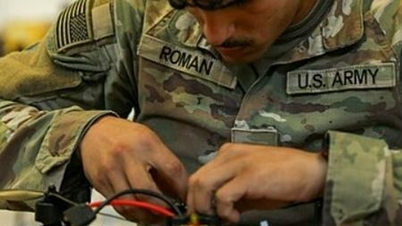

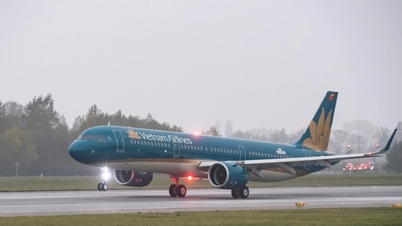





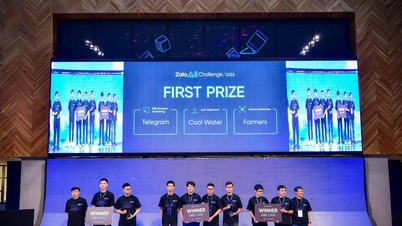



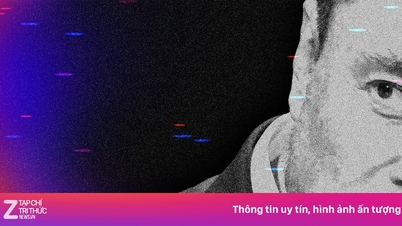
























![[Video] Hue Monuments reopen to welcome visitors](https://vphoto.vietnam.vn/thumb/402x226/vietnam/resource/IMAGE/2025/11/05/1762301089171_dung01-05-43-09still013-jpg.webp)


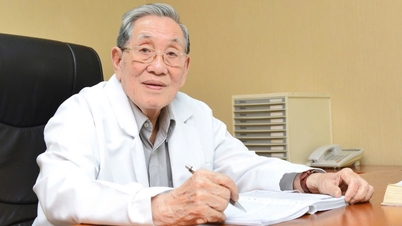



































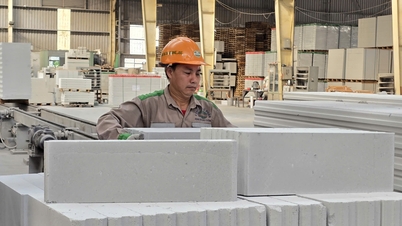







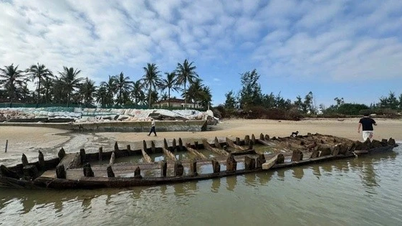






















Comment (0)